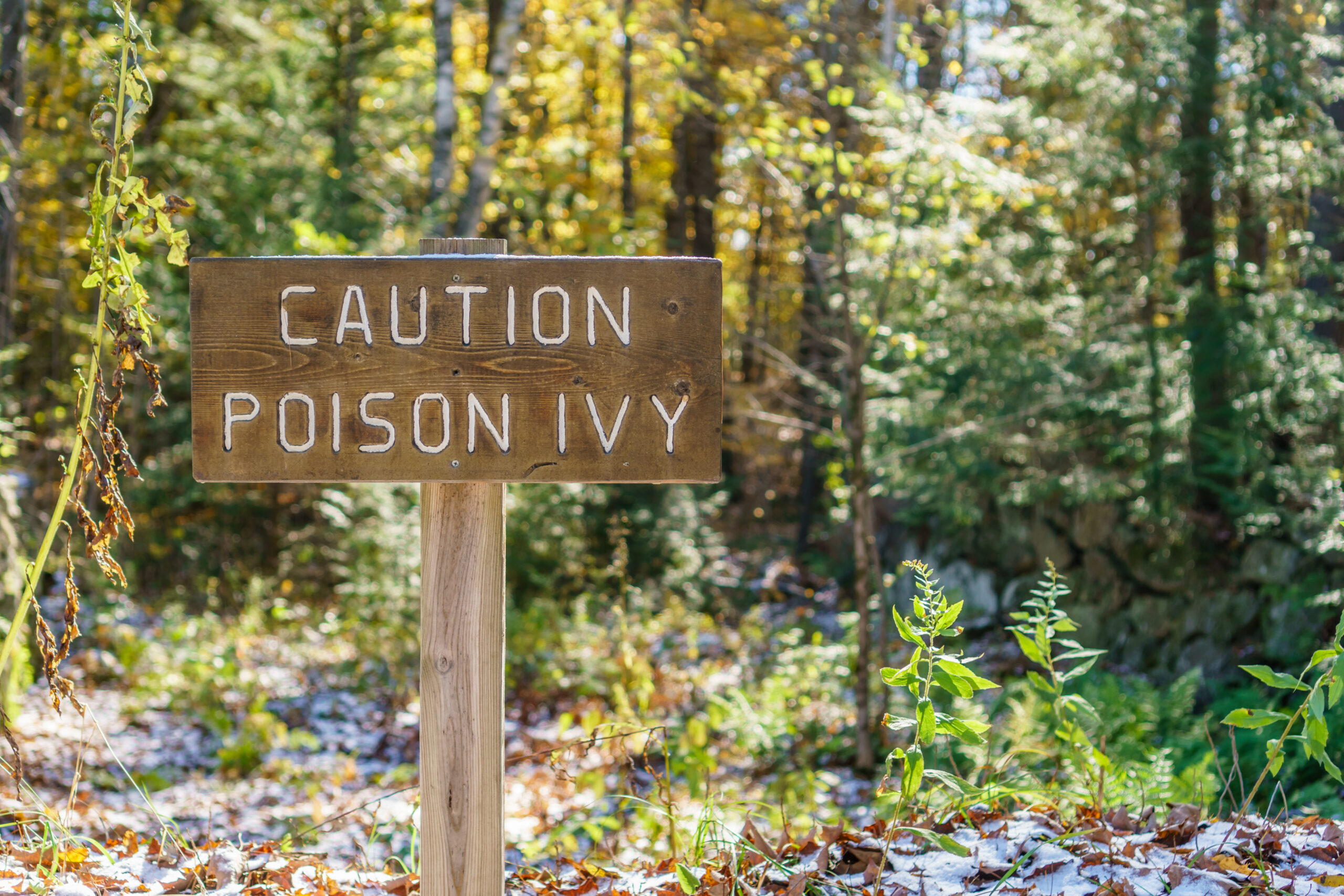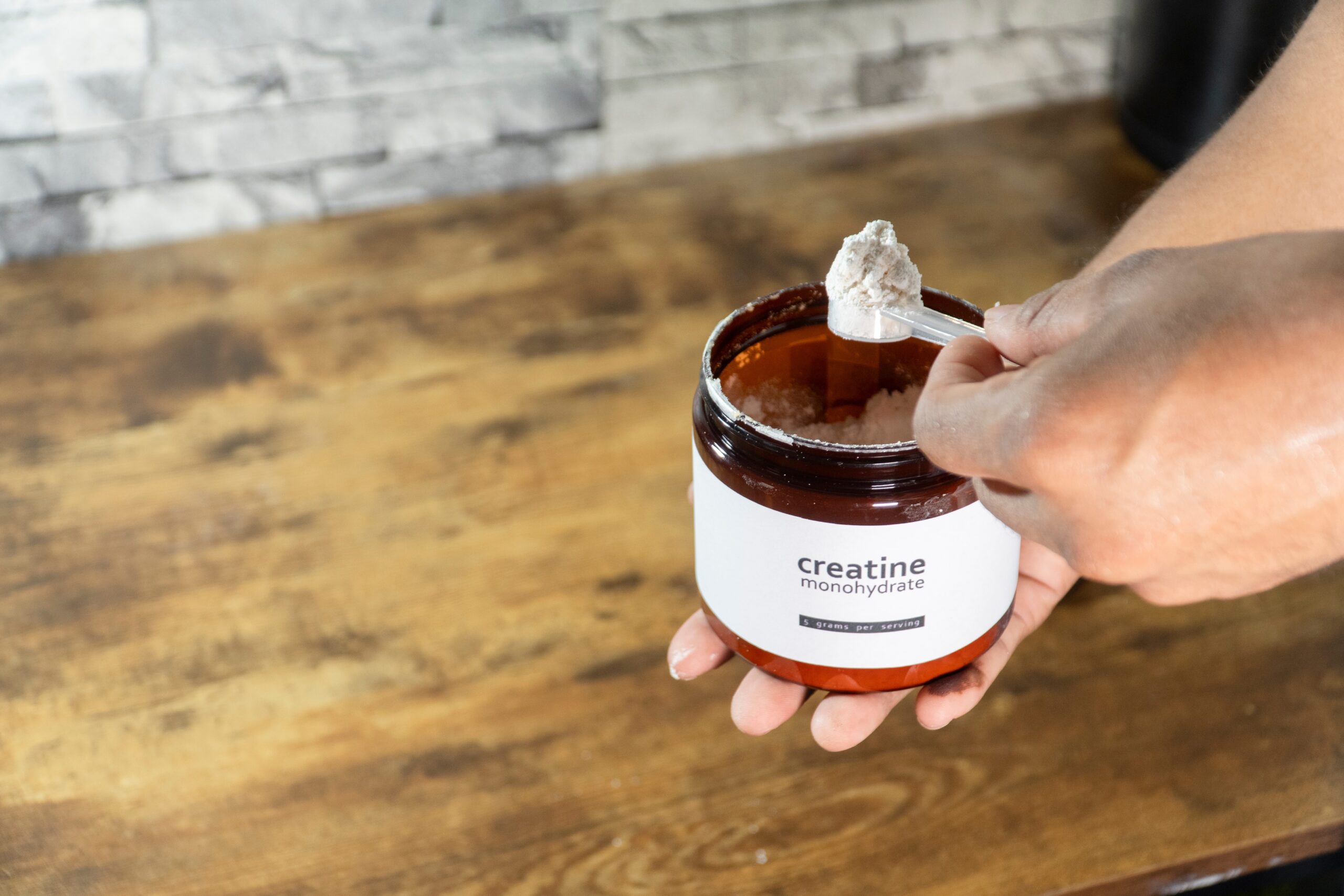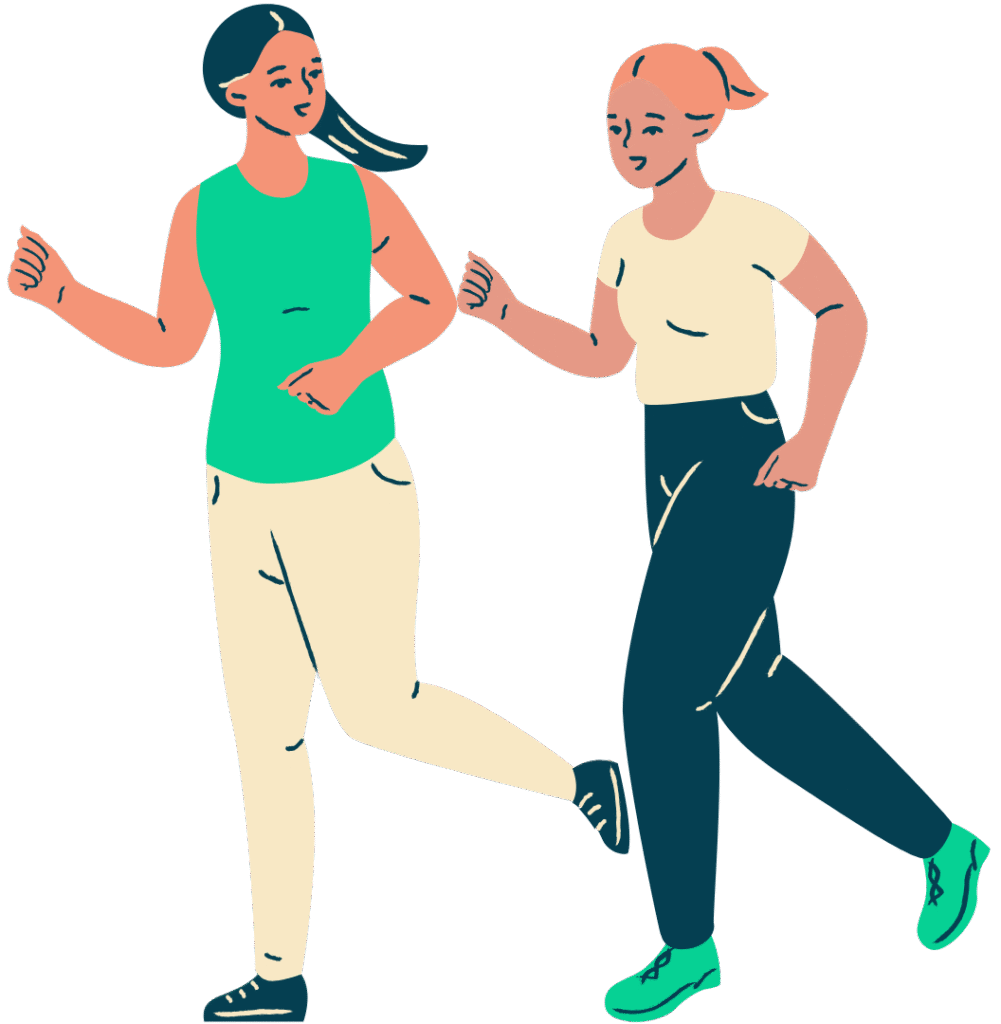One invisible brush against a deceptively ordinary plant can trigger weeks of torment—because poison ivy’s power to incite misery lies not in what you see, but in the oil you can’t.
Story Snapshot
Poison ivy’s urushiol oil causes allergic reactions in about 85% of people, with effects lasting long after initial contact.
Accurate identification is crucial, as poison ivy thrives in diverse environments and is often easily confused with harmless plants.
Prompt washing and careful management are the only ways to prevent the rash from spreading and recurring.
Burning poison ivy can create airborne toxins, leading to severe health emergencies far beyond a simple rash.
Brushing Up Against Trouble: The Hidden Threat of Poison Ivy
Every spring and summer, nature’s playgrounds beckon millions outdoors—but lurking at the edge of trails, garden beds, and urban parks is a plant that has dispatched more Americans to the doctor than nearly any other native flora. Poison ivy, or Toxicodendron radicans, is a master of disguise, adept at weaving itself into the landscape with subtlety. Its “leaves of three” mantra endures for good reason: urushiol, the plant’s toxic oil, can turn the briefest encounter into a weeks-long ordeal. Most people have no idea they’re at risk until the telltale itch and rash begin, often within 12 to 48 hours of exposure.
Botanists and medical professionals agree that accurate identification is the first line of defense. Poison ivy’s adaptability allows it to thrive in woodlands, gardens, vacant lots, and even urban sidewalks across most of the United States. Misidentification is rampant—many confuse poison ivy with harmless lookalikes, increasing accidental contact. Education campaigns, extension services, and even smartphone apps now target this knowledge gap, urging the public to memorize the “leaves of three, let it be” rule. Yet urushiol’s stealth is legendary; it clings to tools, clothing, and pet fur, remaining active for years and causing reactions long after the original plant has withered.
Science and Suffering: How Urushiol Unleashes Its Attack
Urushiol oil is a potent allergen, causing contact dermatitis in a vast majority of people. Once it penetrates the skin, the immune system launches an inflammatory assault, resulting in redness, swelling, blisters, and relentless itching. The first symptoms emerge within a day or two, but the misery can persist for weeks without proper intervention. Medical experts universally recommend immediate washing with soap and water to remove urushiol before it binds to the skin. Topical corticosteroids and antihistamines may reduce the severity for those already symptomatic, but home remedies and folk cures rarely stand up to scientific scrutiny.
Repeated exposure only heightens sensitivity, priming the immune system for stronger reactions in the future. The risks aren’t limited to the skin. Individuals who unwittingly burn poison ivy plants can inhale aerosolized urushiol, leading to severe respiratory distress and requiring emergency medical attention. Health agencies and extension services reiterate: never burn poison ivy, and always handle removal with gloves and eye protection, followed by decontamination of tools and clothing.
Public Health, Policy, and the Persistent Perils of Poison Ivy
Poison ivy’s reach extends well beyond the individual. Annual outbreaks drive up medical costs, dampen outdoor recreation, and challenge land managers tasked with controlling its spread. Public health agencies and university extension services have responded with a steady stream of updated guidelines, educational materials, and identification resources. The persistence of urushiol on surfaces means that communities near wooded areas must remain vigilant, even in winter, as dormant stems and roots retain their toxic potential.
Recent advances in plant identification apps and new recommendations for barrier creams offer hope, but the core message remains rooted in caution and common sense. Experts urge a three-pronged approach: learn to recognize poison ivy in all its forms; act quickly to wash away urushiol; and never underestimate the oil’s ability to linger, waiting for the next unsuspecting touch. For those who work or play outdoors, vigilance isn’t optional—it’s self-preservation. The legacy of poison ivy in American life is not just a tale of itching and inconvenience, but a case study in how a simple plant can shape behavior, policy, and even public health priorities.
Sources:
Poison Ivy, Poison Oak, and Similar Plant Identification (Oklahoma State University Extension)
How to Identify and Control Poison Ivy (Clemson University Extension)
Poison Ivy (University of Connecticut Home & Garden Education Center)








